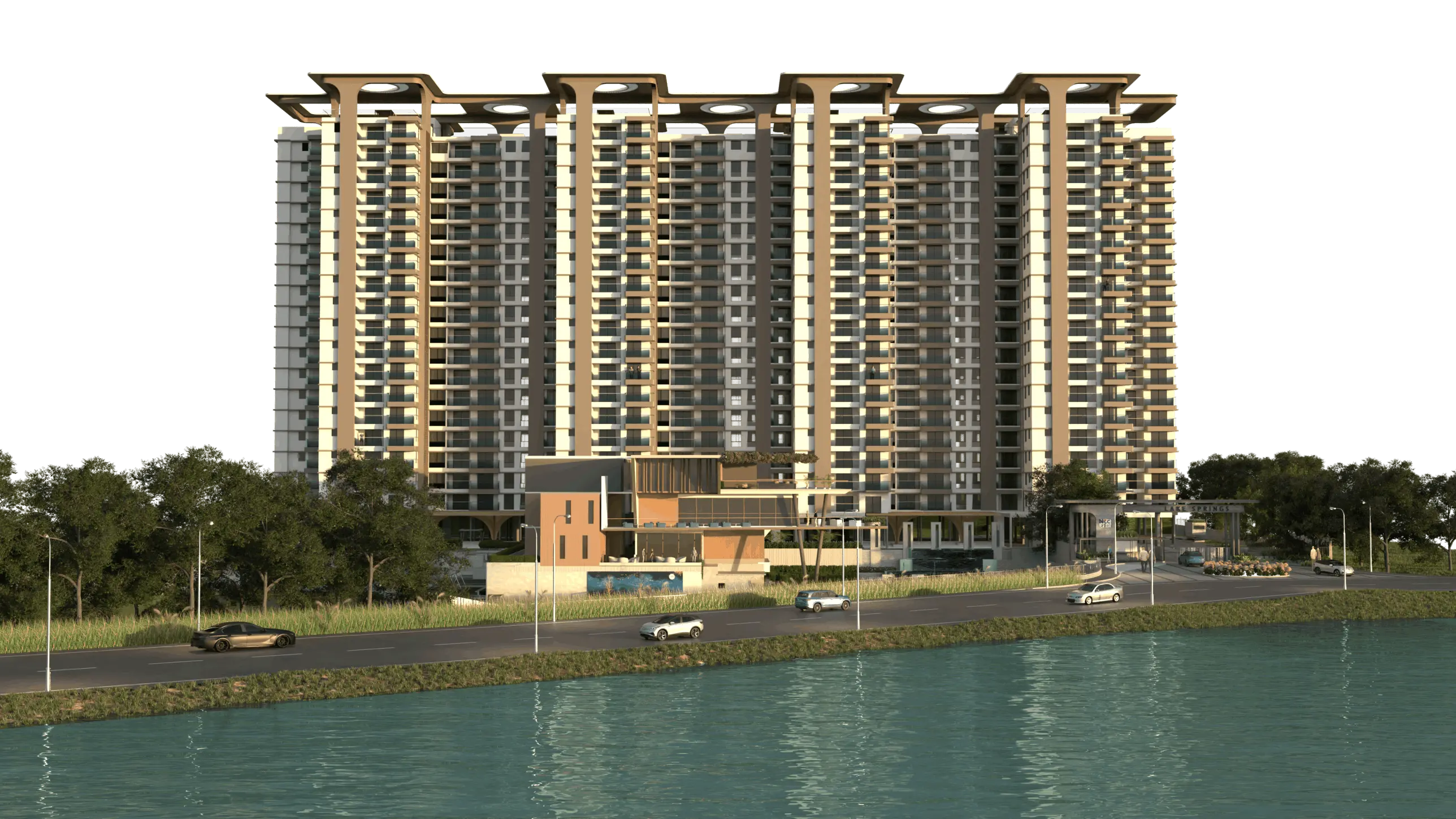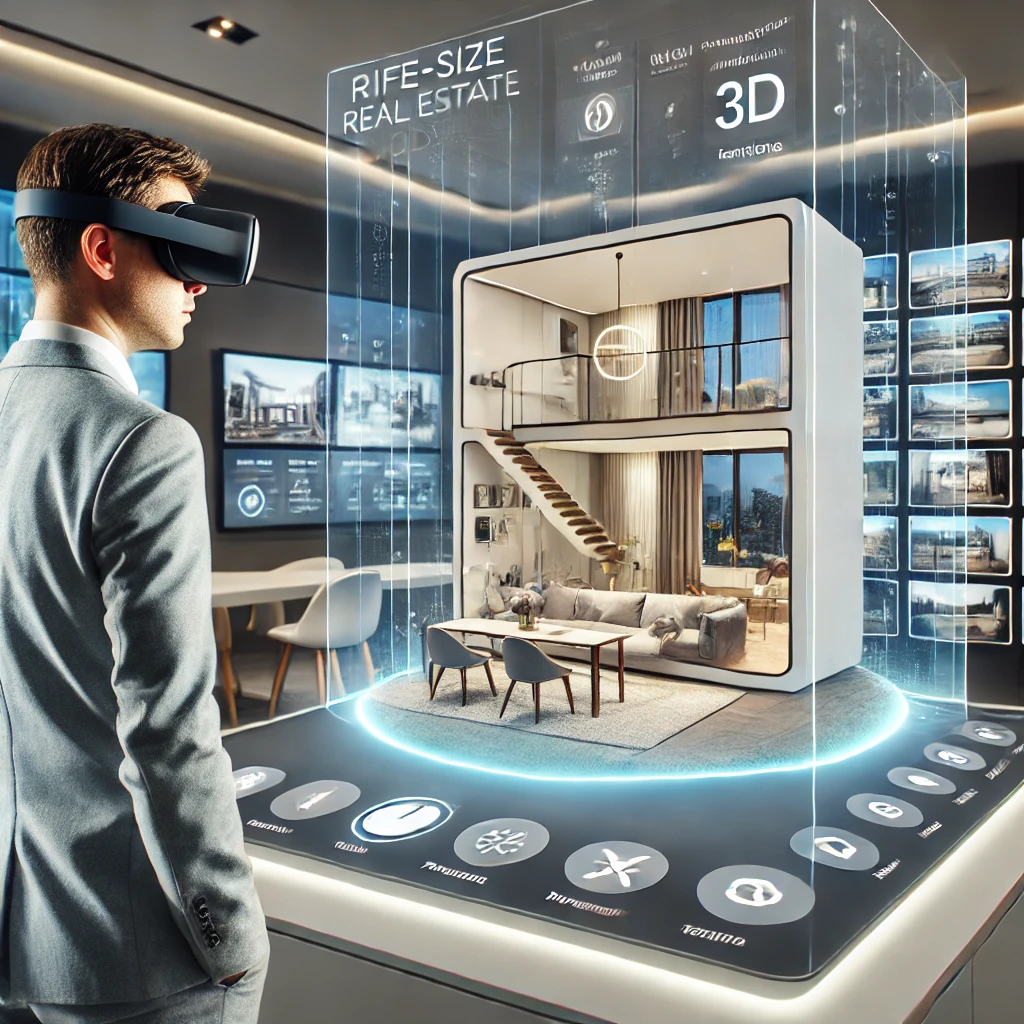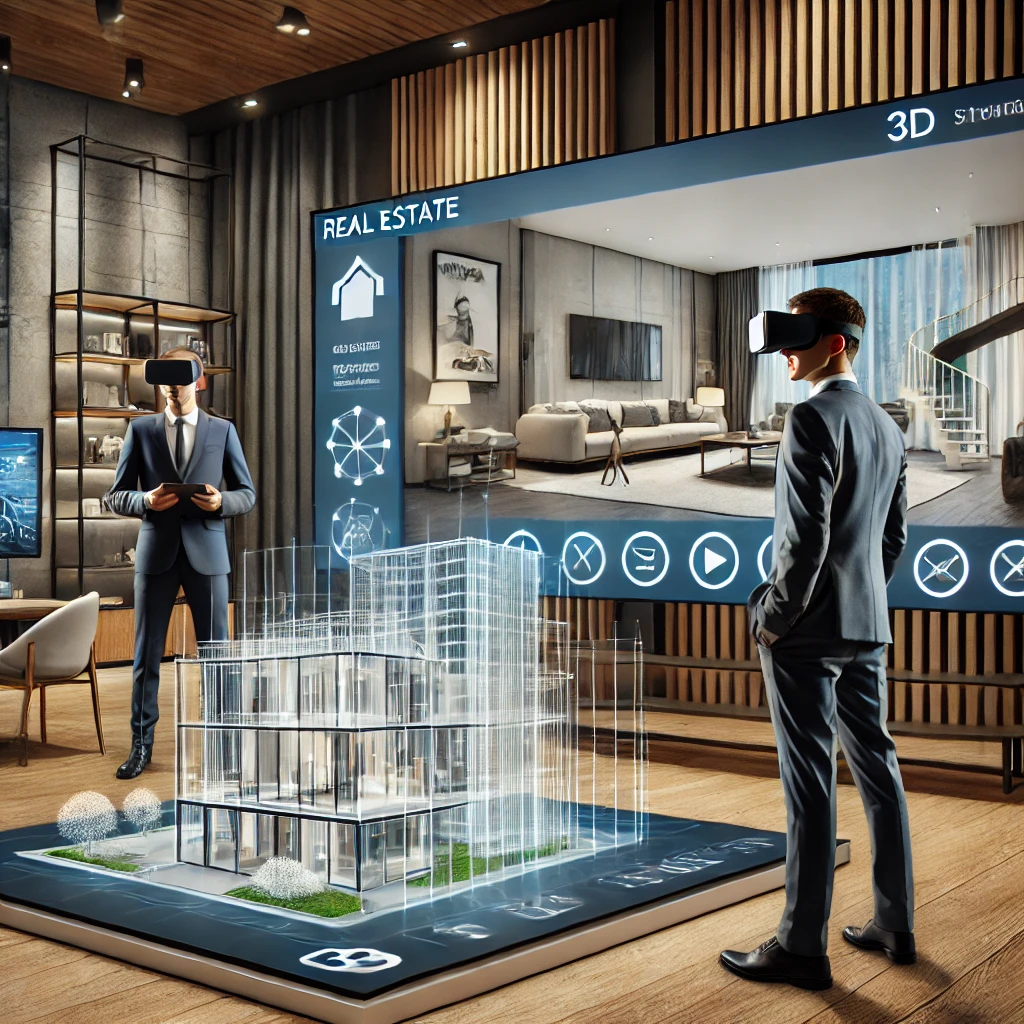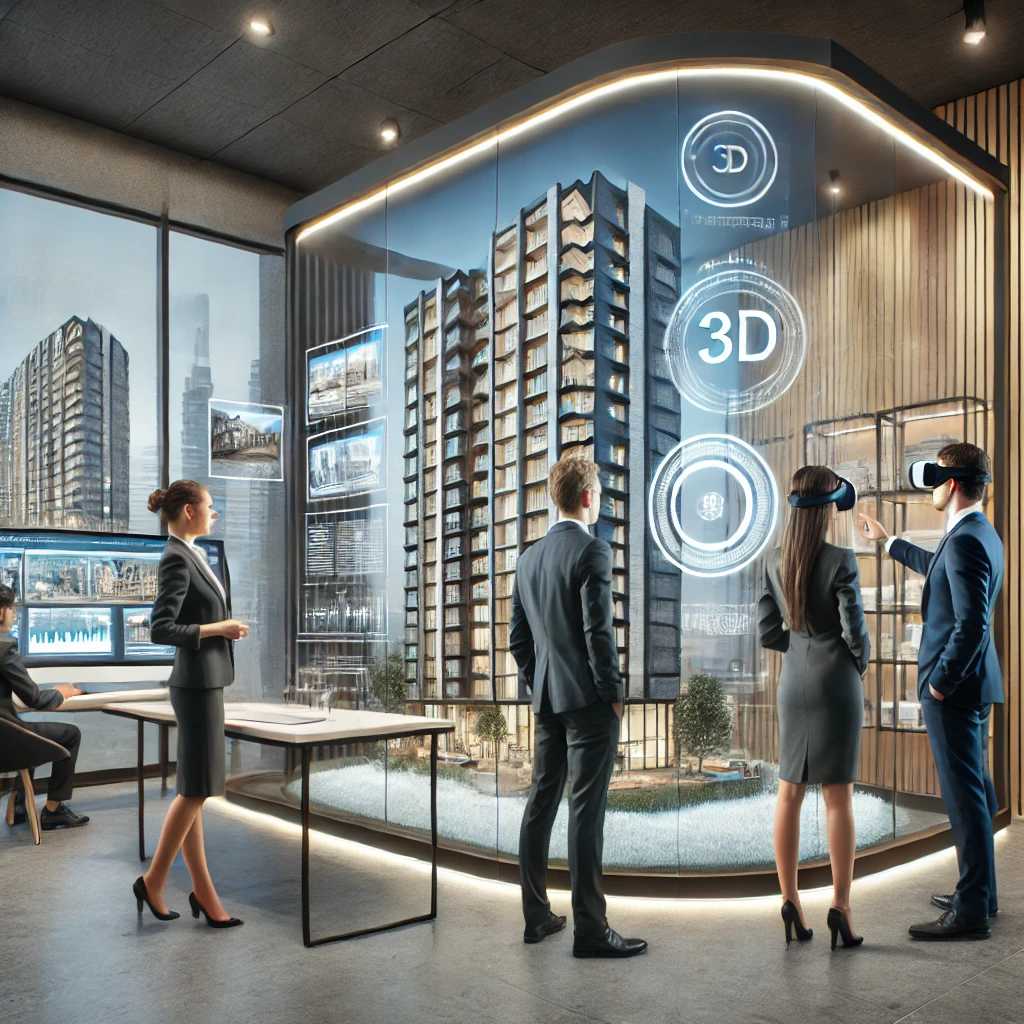How to Turn Your 3D Work into a Sales-Ready Real Estate Tool—Without Extra Effort


Many developers hesitate to convert their 3D work into interactive real estate applications, fearing the process will be complex and time-consuming. However, the truth is that modern tools and workflows make this transition easier than ever. With minimal effort, existing 3D assets can be repurposed into engaging, interactive sales tools that enhance client presentations and marketing strategies. Interactive applications allow potential buyers to explore properties in real-time, customize elements, and visualize spaces more effectively. This not only improves customer engagement but also accelerates decision-making and increases sales potential. By leveraging game engines like Unreal Engine or Unity, developers can integrate high-quality 3D models into immersive experiences with intuitive controls. Automated processes, plugins, and pre-built templates further streamline the conversion process. Additionally, web-based and VR-compatible solutions make these applications accessible across various devices. Embracing this technology can set real estate professionals apart in a competitive market, providing clients with an innovative and compelling way to experience properties. Ultimately, transforming static 3D models into interactive applications requires less effort than expected and delivers significant business advantages.
Interactive 3D experiences revolutionize real estate by allowing clients to visualize properties before they are built, enhancing engagement and increasing sales. These immersive solutions, such as virtual walkthroughs, augmented reality (AR) apps, and 3D configurators, provide a realistic preview of architectural designs, enabling buyers to explore layouts, materials, and finishes in real-time. Developers can seamlessly integrate their 3D models into these platforms without extensive manual effort, adding significant value to their projects. By offering potential buyers the ability to customize and interact with properties virtually, developers create a more engaging and personalized experience. This technology not only speeds up decision-making but also reduces the need for physical site visits, making the sales process more efficient. Moreover, it helps investors and stakeholders assess projects with greater clarity, leading to informed purchasing decisions. As a result, real estate firms can differentiate themselves in a competitive market, build trust with clients, and drive higher conversion rates

Source: OneToBeam
To ensure seamless performance and interactivity, it is essential to optimize 3D assets, making them lightweight and compatible with platforms like WebGL, Unity, and Unreal Engine. Model optimization techniques, such as reducing polygon counts, using efficient texture mapping, and leveraging LOD (Level of Detail) systems, help maintain high visual quality while ensuring smooth real-time rendering. Additionally, leveraging pre-existing tools can significantly simplify the publishing process. Platforms like Unreal Engine’s Pixel Streaming, Sketchfab, and Twinmotion allow developers to share interactive 3D content effortlessly, eliminating the need for complex configurations. Automating workflows further enhances efficiency by reducing manual labor, enabling batch exports of models using scripts or specialized plugins. This approach streamlines asset preparation and ensures consistency across multiple projects. Once optimized, hosting and sharing 3D models through cloud-based viewers or embedding them directly into websites enhances accessibility for clients, allowing them to explore designs in real time from any device. By integrating these best practices, developers can create high-quality, interactive 3D experiences while maximizing efficiency and user engagement.
By transforming 3D work into immersive, ready-for-sale experiences, you position yourself as a high-end service provider in the real estate and design industries. Technologies such as AR-enhanced blueprints, interactive staging, and virtual tours go beyond static visuals, offering clients an engaging and dynamic way to explore properties before they are built. These innovations provide a competitive edge by allowing buyers to visualize spaces in real-time, customize elements, and make informed decisions with confidence. High-quality interactive experiences not only elevate the perceived value of your services but also create a compelling reason for clients to choose your work over traditional presentations. By integrating these advanced solutions, you enhance client engagement, streamline project approvals, and ultimately drive higher sales conversions. This strategic approach builds trust, strengthens your market reputation, and sets you apart in an industry where innovation and user experience are key differentiators.

Source: OneToBeam
Twinmotion is a powerful real-time rendering software designed to simplify 3D visualization for real estate, architecture, and urban planning. It enables users to create high-quality visuals, animations, and immersive walkthroughs with minimal effort. With an intuitive interface and seamless integration with BIM and CAD software, Twinmotion allows architects and designers to bring their projects to life quickly and efficiently.
Sketchfab is a leading platform for hosting, sharing, and embedding 3D models online. It provides an interactive web-based viewer that supports real-time rendering, making it easy for professionals to showcase their work without requiring complex software. With features like model annotations, AR/VR compatibility, and easy integration into websites or portfolios, Sketchfab enhances accessibility and collaboration for 3D projects.
Unreal Engine is a cutting-edge platform offering real-time rendering and interactive solutions for various industries, including real estate, gaming, and film. With advanced lighting, physics, and AI-driven features, Unreal Engine allows developers to create hyper-realistic environments and immersive experiences. It supports virtual reality (VR) and augmented reality (AR), making it a top choice for those looking to build highly interactive 3D applications.
Matterport specializes in creating detailed and realistic virtual tours using 3D scanning technology. It enables real estate professionals to capture high-quality spatial data and transform it into immersive, navigable digital twins of real-world spaces. Matterport’s technology enhances property marketing, streamlines remote viewing, and provides potential buyers with an accurate representation of spaces, improving decision-making and engagement.
Pre-Sales & Marketing: Builders can use interactive 3D walkthroughs to display unbuilt properties.
Client Collaboration: Buyers can make real-time adjustments to furnishings, finishes, and layouts thanks to customization possibilities.
Remote viewing allows buyers to view properties without having to travel to the property.
Integration of Augmented Reality (AR): Before building begins, clients may see how furniture will be arranged and how the interior will look.
With the rise of digital real estate, offering interactive 3D experiences allows you to differentiate yourself in a competitive market. These advanced visualization tools help potential buyers make quicker decisions by providing a clear, immersive understanding of properties before they are built. By reducing uncertainty and enhancing engagement, interactive 3D technology significantly improves the overall sales experience, making it more dynamic and efficient. Developers leveraging these solutions are more likely to attract high-end clients and secure larger projects, as affluent buyers increasingly expect cutting-edge presentations. The key advantage is that, with minimal adjustments and the right tools, your 3D assets can be transformed into powerful sales instruments. Automation, user-friendly platforms, and immersive technologies streamline workflows, reducing manual effort while delivering high-quality results. By integrating these innovations, you can enhance your service offerings, maintain a strong competitive edge, and position yourself as a leader in real estate visualization.

Source: OneToBeam